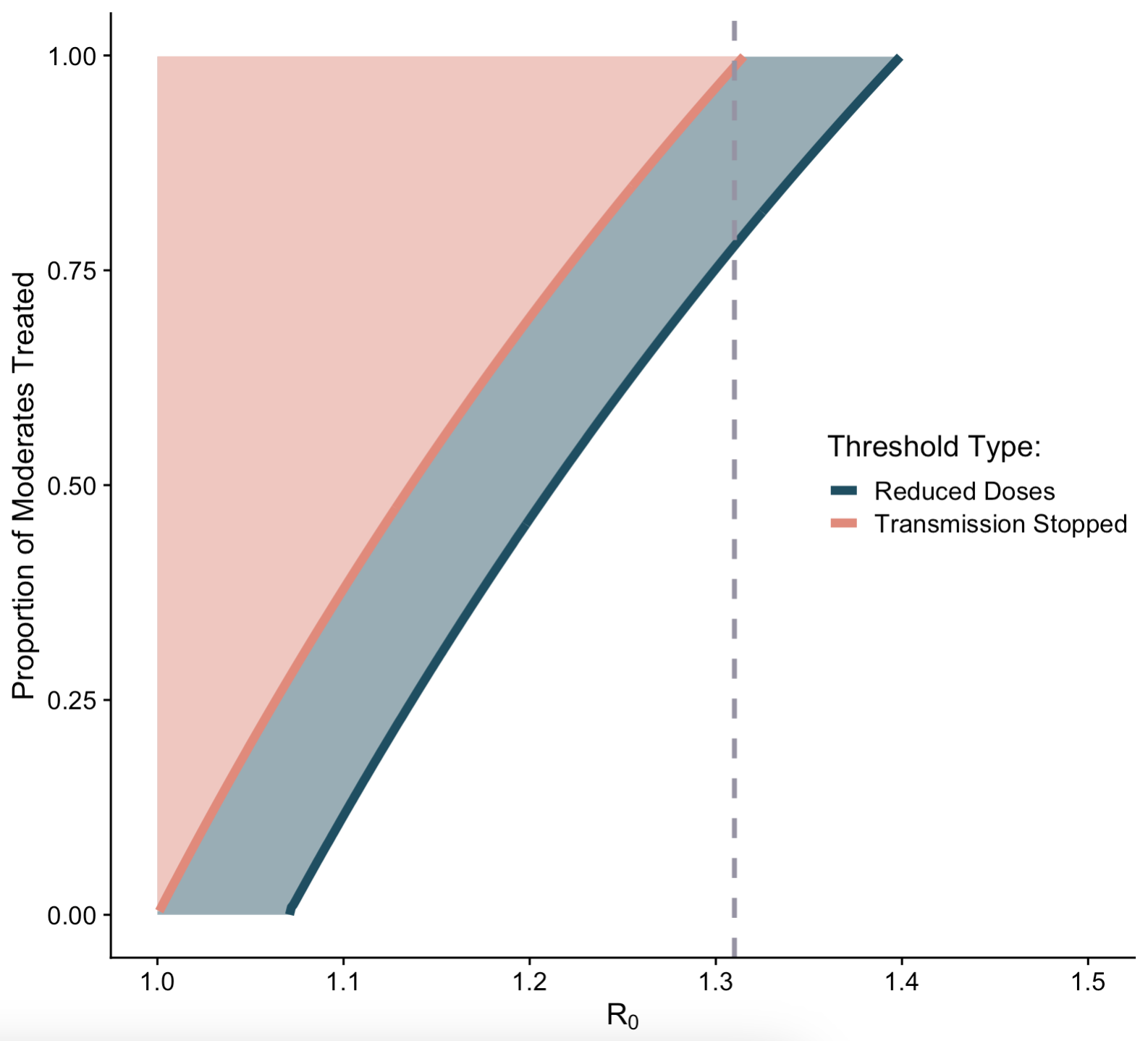Research
Our group develops and applies mathematical and statistical methods to quantify infectious disease dynamics to inform decision support for public health and healthcare response to outbreak. We are currently working to better understand how to reconstruct transmission and determine who-infected-whom healthcare associated pathogens, to improve the modeling toolkit for state and local public health agencies across the intermountain west to respond respiratory viruses, to better understand diphtheria transmission dynamics and guide treatment guidelines, and to model expanded treatment of epidemic cholera to reduce transmission.
Reconstructing transmission of healthcare associated infections
Healthcare associated infections pose a significant threat to patient safety, however, controlling them remains a challenge. Until we better understand of how pathogens are spreading. Identifying and controlling routes of transmission within healthcare facilities remains a critical challenge to controlling healthcare associated infections. Because patients generally do not directly contact each other, the majority of transmission must occur through an intermediary vector. However, there are an overwhelming number of potential routes of transmission within a healthcare facility. Determining routes of transmission and identifying the role of environmental surfaces in transmission are essential to controlling healthcare associated infections. Using data from a longitudinal surveillance study in two ICUs, we aim to develop a method that integrates genomic and epidemiologic movement data to identify the role of other patients, environmental surfaces, and HCW hands in the routes of transmission between patients and their environment and thereby facilitate the tailoring of interventions to key steps along the transmission pathway.
Implementing modeling tools in public health and healthcare settings
Decisions about public health response to an outbreak need to be made even when there is substantial uncertainty and unpredictability. While modeling has been critical to planning outbreak responses since at least the emergence of HIV 40 years ago, the implementation of models to inform real-world decisions is challenging. Indeed, the fast-moving operational timescales of public health policy are often at odds with the traditionally slower and iterative science of epidemiologic modeling. One of the central research themes of our group has been to develop models for decision support and alongside public health, healthcare, and policy makers to integrate models as an evidence stream for decision making. Work from our group has been used to guide the public health and healthcare response to multiple pathogens including SARS-CoV-2 and Diphtheria.
Modeling epidemic theory
Although the primary focus of our lab is to develop and models for public health decision making, an enduring direction of our group is to develop theoretical models that enhance the foundational understanding of key public health concepts. This includes developing models to improve understanding of foundational epidemiological quantities, such as R0 or heterogenity, and exploring the trade-offs between individual and population-level benefits of antibiotic treatment.


